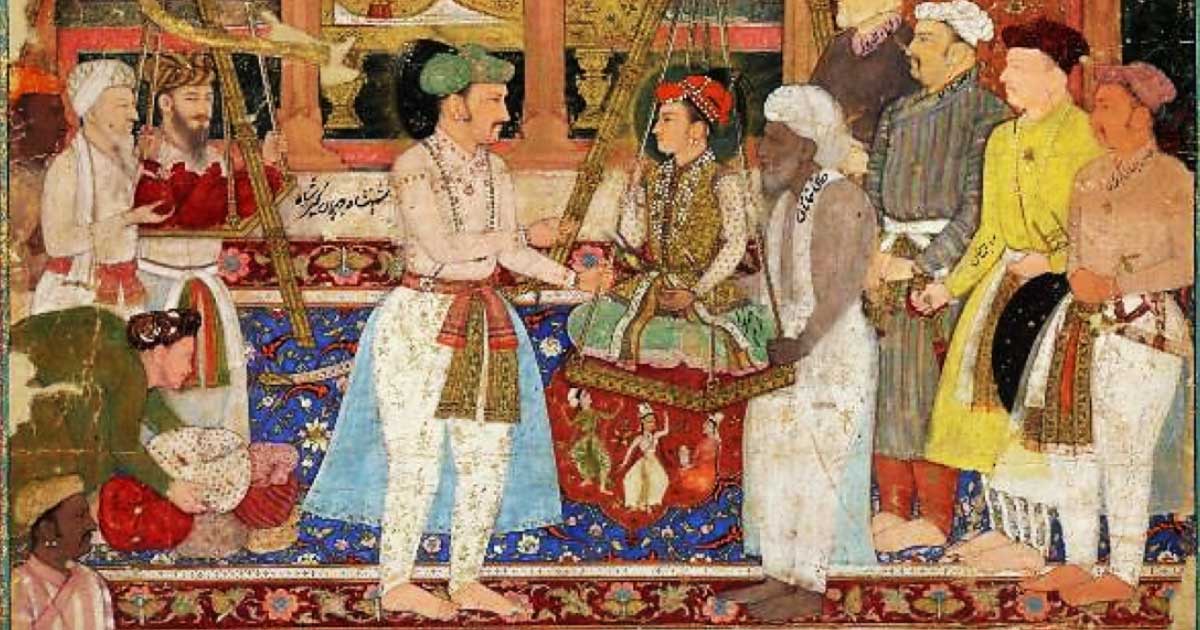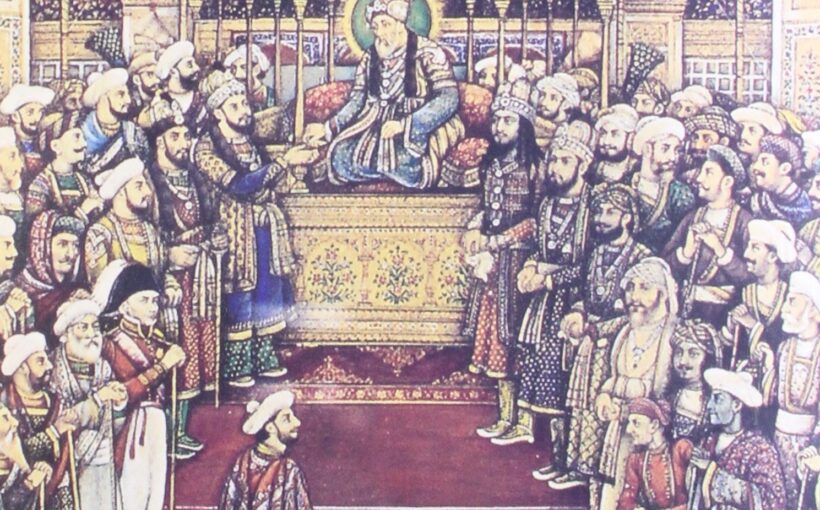The Mughal Empire which was founded by Zahirudding Mohammad Babur after the First battle of Panipat has a rich history. From the reign of military conquests of Babur to the bigotry policy of Aurangzeb (Alamgir) the Mughals made huge advancements in the fields of art, architecture, military tactics, etc.
In this article, we will cover the story behind the downfall of a mighty empire which once ruled India. However, historians had suggested many facts for the decline of Mughal supremacy and will try to bring those facts in the post.

Whenever we talk about the decline of Mughal rule we often start looking at the reigns of later Mughals but it is not accurate. People often blame the leadership of later Mughal rulers like Bahadur Shah I, Farrukhsiyar, etc. for the decline of the Mughal Empire.
Note: The period from 1526 to 1707 of the Mughal Empire is considered great and the period of later Mughals begins from 1707 to 1857.
But it is only half the truth. Basically, the foundation of this mighty empire’s downfall was started during the reign of Aurangzeb.
Alamgir (1658-1707) wanted to extend his empire in all directions. For this purpose, his bigotry action like re-imposing the Jizya tax on Hindus, demolition of temples in Mathura and Kashi, etc boiled the Hindu population to its core.
Content
Revival of Hindu Power: Major Cause for the Decline of Mughal Empire
During the time of Aurangzeb Hindu communities like Jats, Sikhs, Rajputs, and Marathas rebelled against the Mughals. Jat leaders like Gokul, Rajaram, etc declared war against the Mughals and even defeated them in some key battles.
In the land of Rajputana Mewar and Marwar joined hands to stop the bigotry policies of Aurangzeb. Mewar under the able leadership of Maharana Raj Singh and Marwar under the gallant Durgadas Rathore shook the Mughal court at Delhi.
In the south, the mighty Marathas under the great Chhatrapati Shivaji Maharaj laid the foundation of Hindavi Swaraj. Raje’s idea of Swaraj instantly revitalized the spirit of the Hindus to pick up arms against the Mughals.
To suppress the Maratha Alamgir himself came to Deccan and fought for almost 27 years which only brought misery to the Mughals. Huge sums of money were pumped for this war which resulted in economic crises for them.
Later during Peshwa Baji Rao’s reign, the Marathas even marched against Delhi and took the saffron flag right in the heart of the disintegrated Mughal throne.
Rise of Autonomous States
Apart from all these facts, there are others reasons which are heavily responsible for the decline of Mughals. During the middle of the 18th century, regional powers like Awadh, Hyderabad, and Bengal freed themselves from Mughals and declared themselves as independent states.
The leaders of these states were as follows
Awadh: Saadat Khan in 1722
Bengal: Murshid Quli Khan in 1717
Hyderabad: Nizam-ul-Mulk in 1724
Furthermore, the invasion from Nadir Shah in 1739 (The Battle of Karnal) and Ahmad Shah Abdali (Invaded India seven times) completely broke the backbone of the Mughal court. From these invasions, the Mughals lost the territories from the west of Indus which was a huge blow to them.
Later Mughals and their failed Leadership
Another important factor in this topic is the failed leadership of the later Mughal emperors. After the death of Aurangzeb i.e. in 1707 there was a war of succession for the throne.
Even after this, the power of nobles increased tremendously making the Mughal kings their puppets. These nobles acted as the kingmakers and even conspired with others to assassinate the Mughal king. There were four types of groups namely Iranis, Afghan, Turani, and Hindustani which used the Mughal kings as their agents. Due to this, the stability of the mighty empire crumbled instantly.
According to historians like Satish Chandra and Irfan Habib, the economic and agrarian crises were the reason behind the collapse of the empire. For example, during the reign of Jahandar Shah, the introduction of the Ijarah system (Revenue Farming) brought misery among the peasants.
Historians hold different views on this topic but mostly agree with the above mention facts. The factors like economic crisis, the rebellion of Hindu communities like Rajputs, Maratha, Jats, Bundela, etc, failed leadership of later Mughals and many more were the causes for their downfall.
Donate to our Cause
If you support what we are doing and would like to contribute to help us grow and reach more Indians to teach them more about such forgotten historic Indian Heroes and stories, please consider donating any amount. It will help us grow

